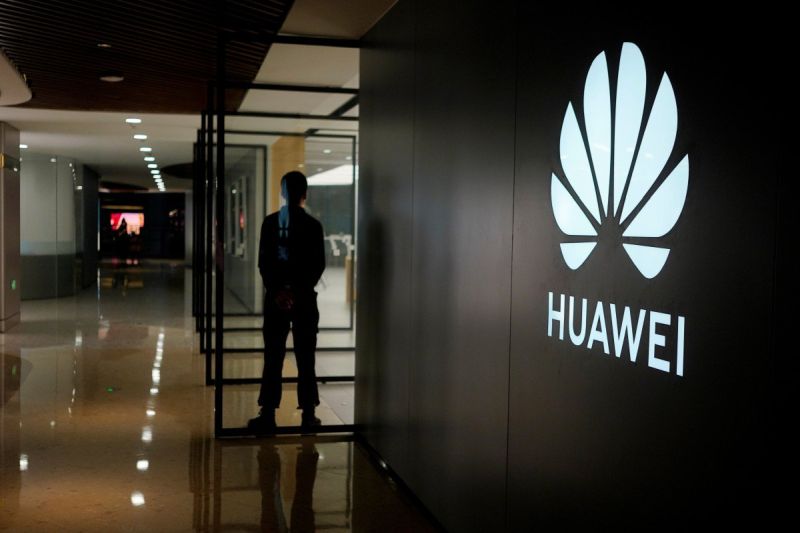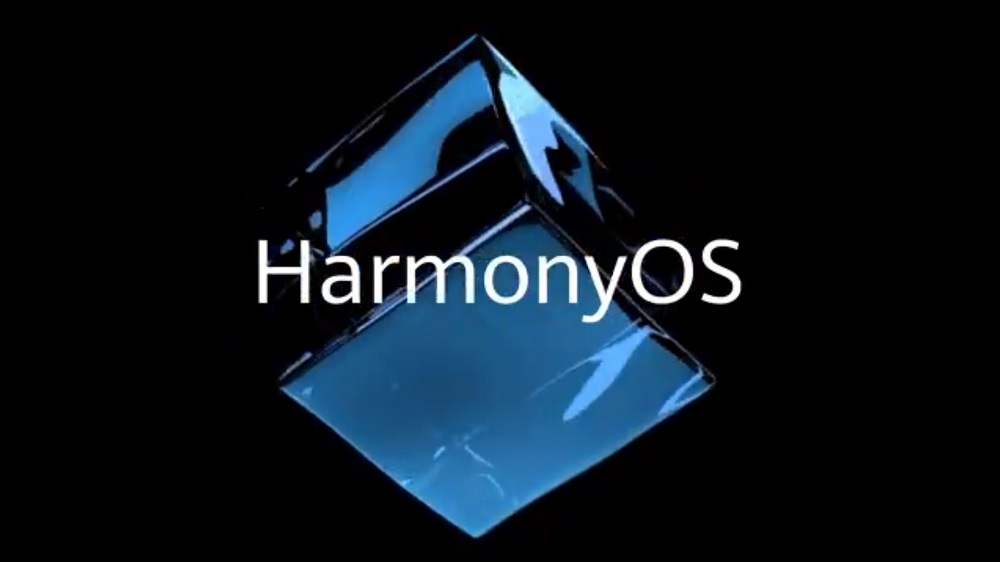According to Reuters, a Google spokesman said that the temporary license issued last week will not apply to new products. Meaning that the Huawei Mate 30 series are pretty much left in the lurch, along with other future Huawei products that would run on the Android OS.
On a side note, Google didn’t specify if it applied for a license to offer its Google Mobile Services to the Shenzhen-based phone maker, though it has said in the past that it wants to keep supplying Huawei and its sister brand, HONOR. To date, the US Commerce Department received more than 130 applications from companies for licenses to sell US products to Huawei, but none were approved. Huawei’s spokesperson Joe Kelly told Reuters that Huawei will continue to use the Android OS and ecosystem if the US government allows them. Otherwise, the brand will simply continue to develop its own operating system and ecosystem. To recap, Huawei announced it’s own operating system, Harmony OS, but the company had said that the operating system won’t initially be used on its smartphones. Rather, it would be used in other devices, such as HONOR’s recently announced Smart TV, Vision.
At this point, it’s likely that Huawei will simply use open source or “forked” version of Android in order to circumvent US ban. However, using a forked version of Android OS can leave the Mate 30 devices vulnerable to attacks from hackers and cyber-criminals and, as Google points out, would do more harm than good for US national security in the long-term. Huawei is expected to unveil the Mate 30 line up on 18 September in Munich, Germany. The phone will be the company’s first flagship device to be released since the US ban issued by the Trump administration in May. (Source: XDA, Reuters)

